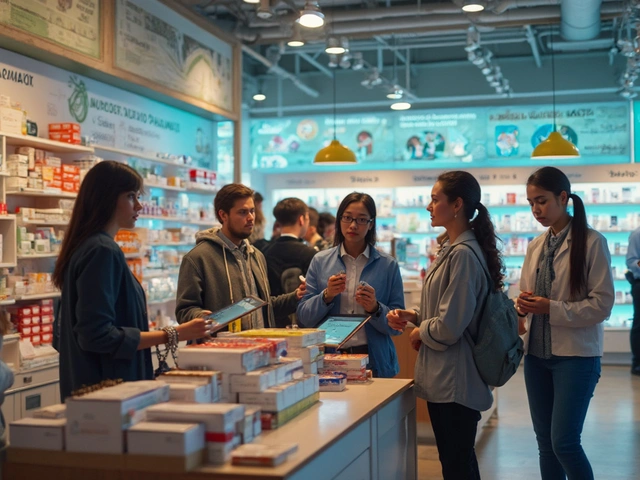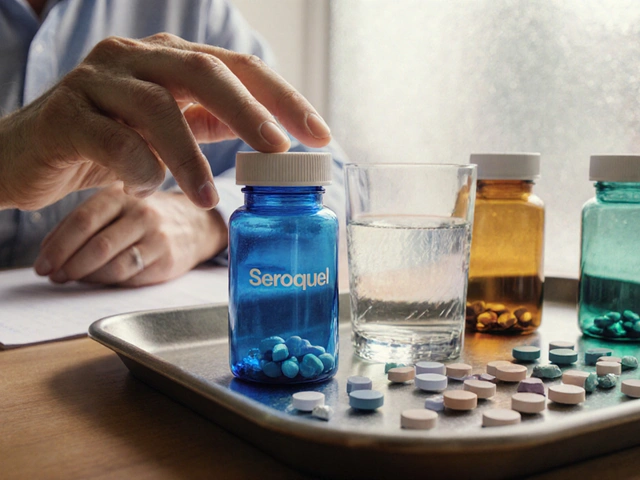Skincare: smart choices for acne, rosacea and sensitive skin
Sick of chasing products that make your skin worse? This page gives straight answers: when antibiotics like doxycycline help, which ingredients can irritate rosacea, and easy swaps to calm and repair your skin. No hype — just practical steps you can use now.
When doxycycline makes sense
Doxycycline isn't just an antibiotic — it lowers inflammation, which is why dermatologists prescribe it for acne, rosacea, hidradenitis suppurativa and some inflammatory blistering conditions. A recent comprehensive review found it effective across those uses and reported low bacterial resistance in many cases. Expect benefits after several weeks, not overnight.
Use tips: take doxycycline with a full glass of water and stay upright for 30 minutes to avoid throat irritation. Watch for stomach upset and increased sun sensitivity — use sunscreen and limit direct sun. Avoid antacids or iron supplements within a couple of hours of your dose because they cut absorption. Always follow the exact dose and duration your clinician gives you; don't stop or restart on your own.
Ingredients to avoid and better options
Benzoyl peroxide is great for classic acne, but it often dries and irritates rosacea-prone skin. If your face flushes, stings, or worsens after benzoyl peroxide, stop it. Instead try gentler, proven alternatives: azelaic acid (helps both acne and rosacea redness), topical metronidazole for rosacea, or low-dose oral doxycycline for inflammatory rosacea. These choices reduce inflammation without the same harsh drying effect.
Keep your routine simple: a mild, fragrance-free cleanser, a non-irritating moisturizer (look for ceramides or hyaluronic acid), and a broad-spectrum sunscreen. Mineral sunscreens with zinc oxide or titanium dioxide are often better tolerated by sensitive skin. Patch-test any new product on the jawline for a week before putting it on your whole face.
Mixing actives can backfire. If you use a retinoid, start slowly and introduce one new product at a time. If your skin reacts, stop the newest product and give your skin a week to calm before trying something else. For rosacea, avoid multiple exfoliants and strong peels at once — they amplify redness.
Want more detail? Read the full post “Doxycycline in Dermatology: A Comprehensive Review” for uses and side effects, and check “Benzoyl Peroxide: An Ingredient to Avoid for Rosacea Sufferers?” if rosacea is your issue. If irritation or persistent problems continue, book a visit with a dermatologist — tailored treatment beats trial-and-error.
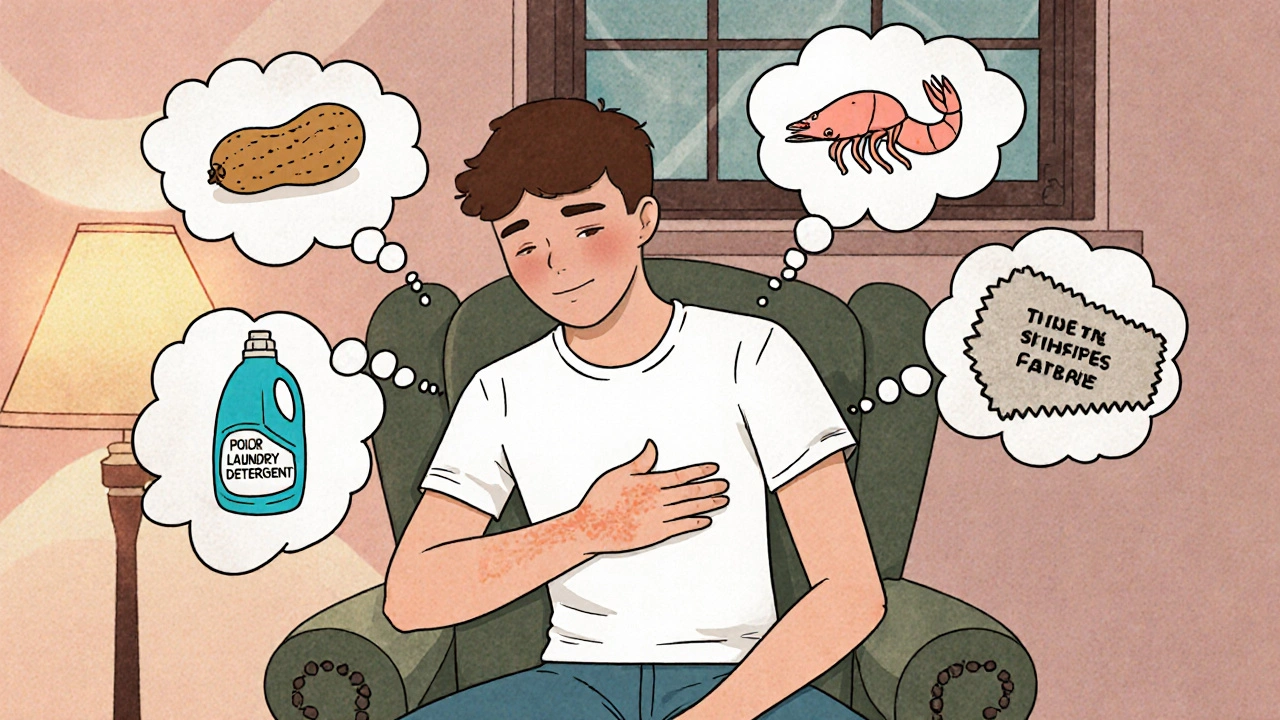
Itchy Skin & Allergies: How to Spot Triggers and Soothe Symptoms
Learn how to pinpoint allergy triggers behind itchy skin, get quick relief tips, and prevent future flare‑ups with practical diagnosis and treatment steps.
Read More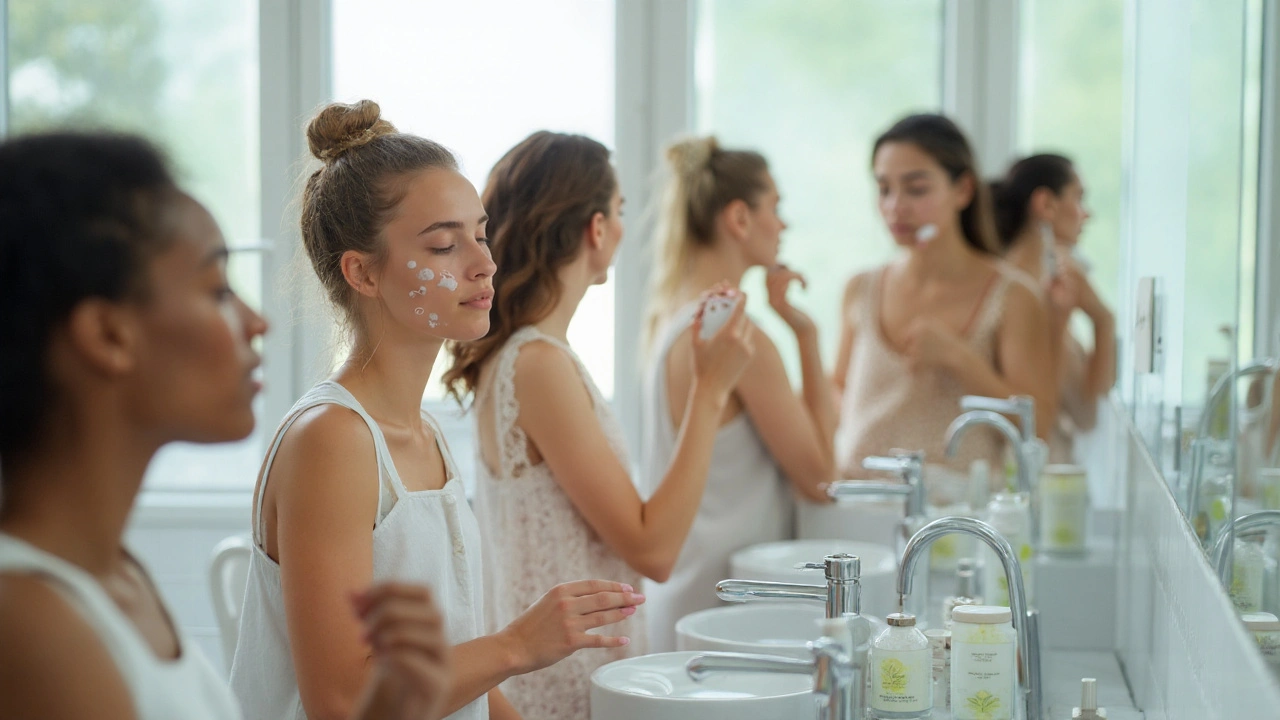
How to Safely Combine Benzoyl Peroxide with Other Acne Treatments
Learn the science behind mixing benzoyl peroxide with other acne actives, step‑by‑step layering tips, and safe regimens for every skin type.
Read More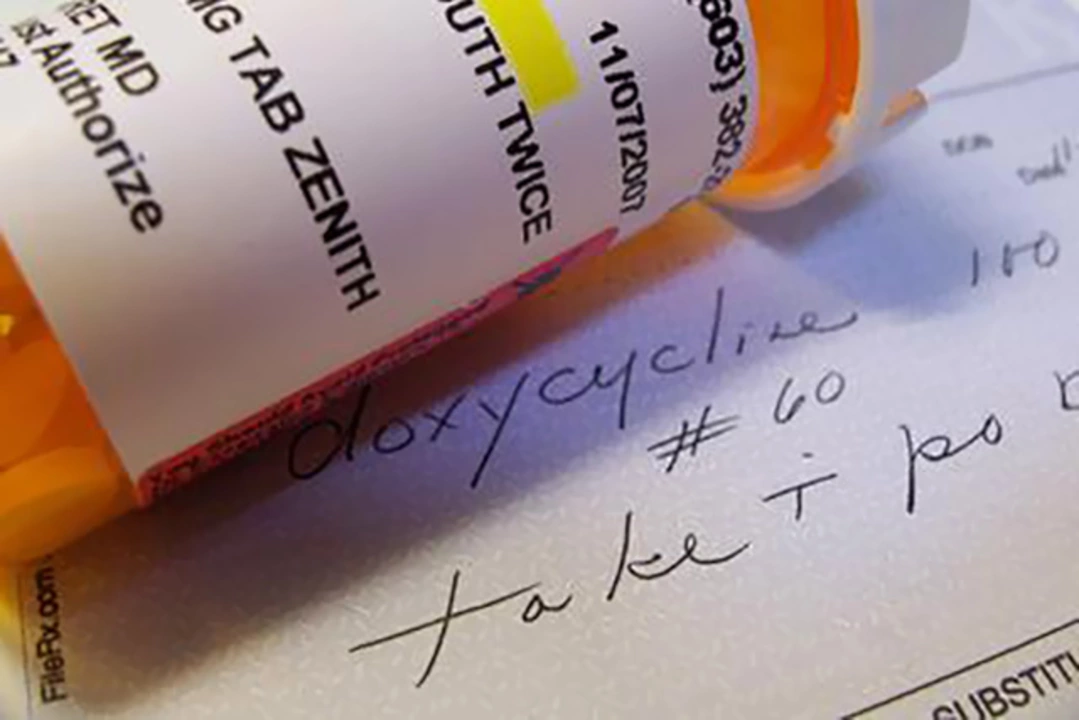
Doxycycline in Dermatology: A Comprehensive Review
In a recent comprehensive review, I discovered the various applications of doxycycline in dermatology. This versatile antibiotic not only treats common skin conditions like acne and rosacea, but also has anti-inflammatory properties, making it effective in managing more complex issues such as hidradenitis suppurativa and bullous skin disorders. Furthermore, studies have shown minimal bacterial resistance to doxycycline, ensuring its continued efficacy. However, it's important to be aware of potential side effects, such as gastrointestinal discomfort and photosensitivity. Overall, doxycycline proves to be a valuable option for a wide range of dermatological concerns.
Read More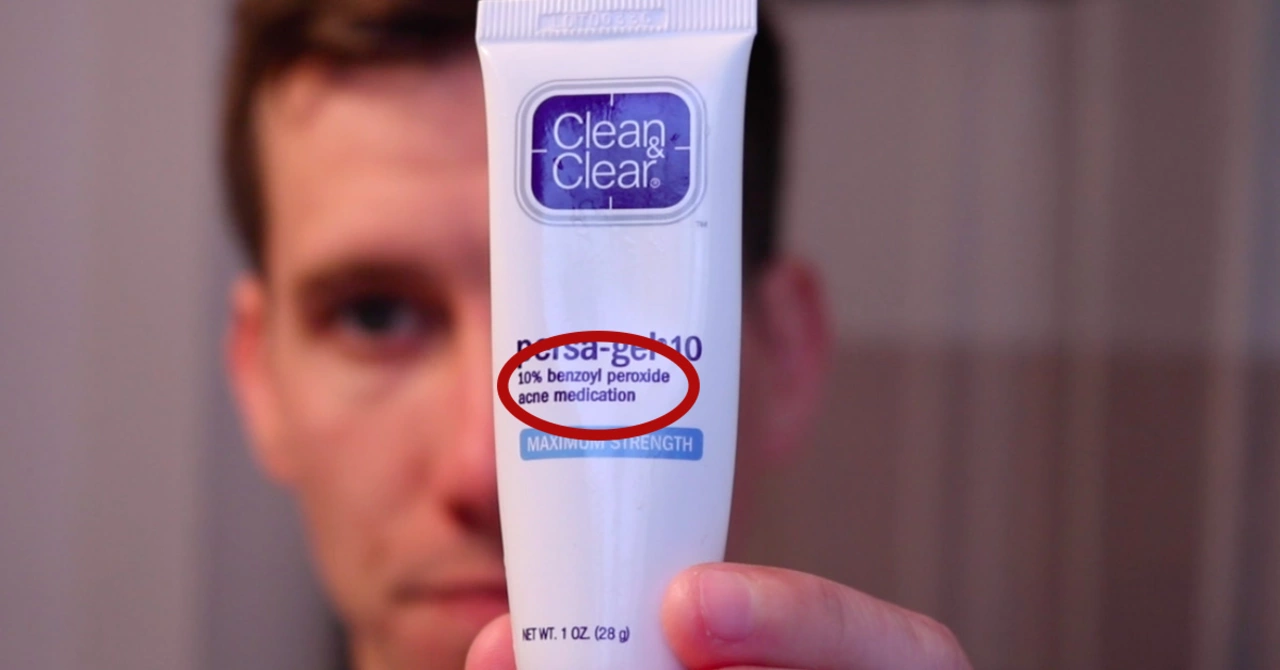
Benzoyl Peroxide: An Ingredient to Avoid for Rosacea Sufferers?
I recently came across some information about benzoyl peroxide and its effects on rosacea sufferers. It turns out that this popular acne-fighting ingredient might not be the best choice for those with rosacea. Benzoyl peroxide can cause skin irritation and dryness, which may lead to an increase in rosacea flare-ups. Instead, experts recommend using gentle, non-irritating ingredients that help soothe and calm the skin. So, if you have rosacea, it might be a good idea to avoid benzoyl peroxide and opt for more gentle skincare products.
Read More


